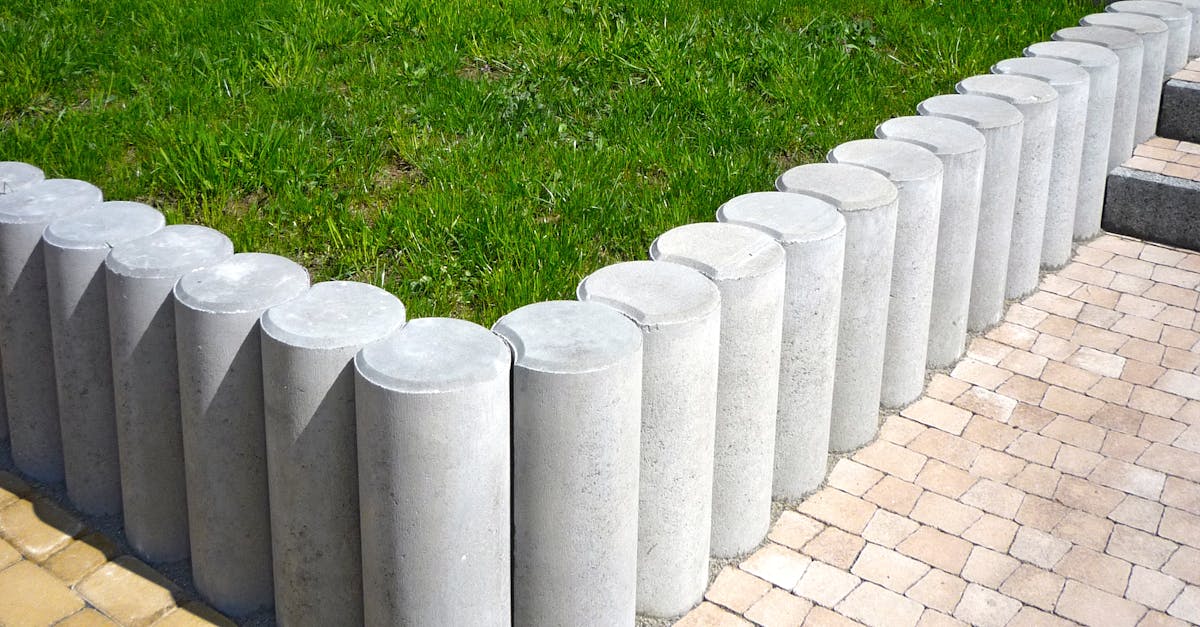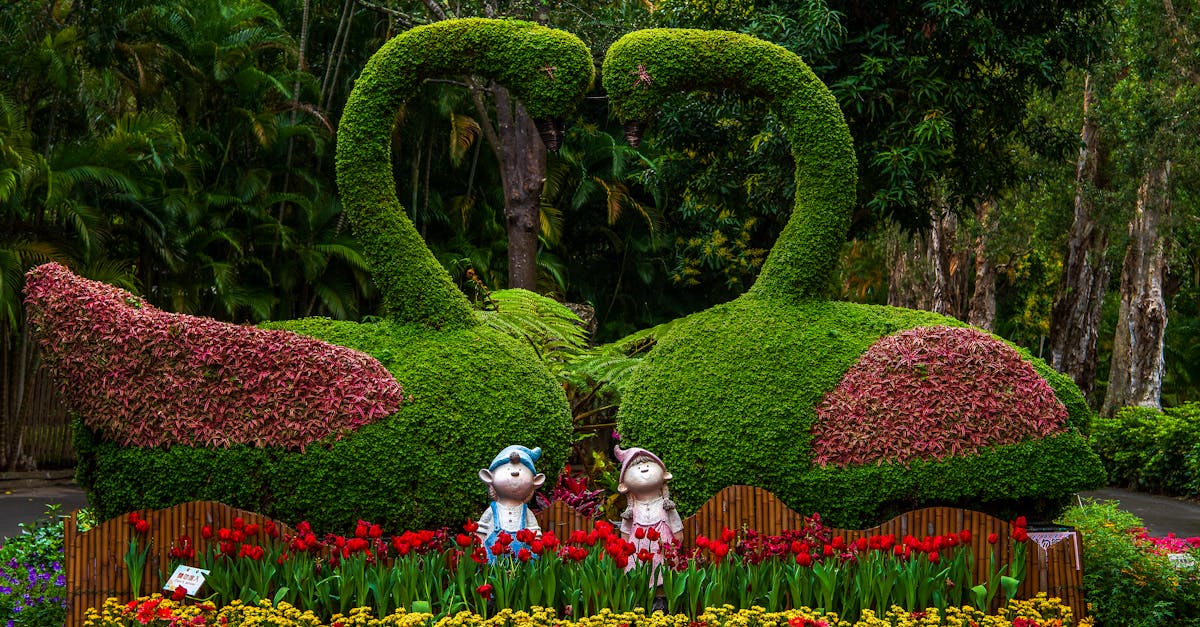
Table Of Contents
Potential Issues with TopWatering Plants
When it comes to plant care, the method of top-watering may present certain challenges for plant health. A common issue with top-watering plants is the potential for water to evaporate before it reaches the roots, particularly in hot and arid climates. This can lead to inadequate hydration and nutrient absorption, negatively impacting the overall health and growth of the plant. For instance, in Plant Installation in Windsor, top-watering may not effectively supply the necessary moisture throughout the root system, resulting in shallow root development and increased susceptibility to stressors like drought.
Another drawback of top-watering is the risk of creating a damp environment on the plant's foliage, which can attract pests and promote the growth of fungal diseases. Excessive moisture on leaves and stems can provide an ideal breeding ground for fungi, such as powdery mildew and leaf spot. In regions like Windsor that experience high humidity levels, this issue can be exacerbated, leading to compromised plant health and aesthetic appeal. Consequently, it is important for gardeners to carefully consider the watering method that best suits the specific needs of their plants and local environmental conditions.
Risk of Fungal Diseases with Excessive TopWatering
Excessive top-watering of plants can lead to a heightened risk of fungal diseases. When water consistently splashes onto the leaves and stems of plants during overhead watering, it creates a damp environment that is conducive to fungal growth. Fungi such as powdery mildew, downy mildew, and root rot thrive in these moist conditions, causing harm to the plant's overall health and potentially leading to its demise. Plant Installation in Greater Sudbury must be particularly cautious of this phenomenon, especially in regions with high humidity levels, as the moist foliage becomes highly susceptible to fungal infections.
To mitigate the risk of fungal diseases caused by excessive top-watering, gardeners should strive to water their plants at the base or soil level. This method helps to keep the foliage dry, minimizing the opportunity for fungal spores to spread and proliferate. By delivering water directly to the roots, rather than drenching the entire plant from above, gardeners can maintain the health and vigor of their plants while reducing the likelihood of fungal infections. It is essential for Plant Installation in Greater Sudbury to adopt best practices for watering, ensuring that plants receive adequate moisture without exposing them to unnecessary risks of fungal diseases.
TopWatering vs. BottomWatering
When deciding whether to water plants from the top or bottom, various factors need to be considered. While top-watering is a common method, especially for potted plants, it can lead to certain issues. For instance, top-watering may result in water pooling on the surface, which can lead to the roots being inadequately hydrated. In contrast, bottom-watering allows the roots to absorb water more efficiently as they draw moisture from the bottom up, promoting healthier root development in the long run.
Plant Installation in Greater Sudbury often involves a consideration of the watering method best suited for the specific plant species. Top-watering can sometimes result in a faster uptake of water by the plant, but this method may not always be the most effective in ensuring deep root growth. On the other hand, bottom-watering may take a bit longer for the plant to absorb moisture, but it encourages the roots to grow deeper into the soil in search of water, leading to a more resilient and drought-tolerant plant in the future.
Effectiveness in Promoting Deep Root Growth
Promoting deep root growth in plants is essential for their overall health and vitality. When considering whether to water plants from the top or bottom, it's important to evaluate the impact on root development. Plant roots grow towards moisture, so bottom-watering can encourage roots to grow deeper into the soil in search of water. This method can help establish a strong root system that is better equipped to withstand environmental stressors and absorb nutrients efficiently. In a study conducted during a Plant Installation in Greater Sudbury, researchers found that plants watered from the bottom exhibited longer and healthier root systems compared to those watered from the top.
Tips for Maintaining Proper Soil Moisture Level
To maintain the proper moisture level in your plants, it is essential to establish a routine watering schedule. Be mindful of the specific water requirements of each plant species and adjust the frequency of watering accordingly. For instance, plants in drier conditions might need more frequent watering compared to those in more humid environments. A key tip to ensure adequate soil moisture is to monitor the moisture levels consistently. Use a moisture meter to assess the soil's dampness and water the plants only when necessary.
Another effective strategy for maintaining the ideal soil moisture level is to consider the installation of an irrigation system. Drip irrigation or soaker hoses can provide a consistent and targeted approach to watering, ensuring that water reaches the plant roots where it is needed the most. Additionally, employing mulch around the base of plants can help retain soil moisture and reduce water evaporation. By implementing these practices, plant installation in Windsor can thrive with optimal soil moisture levels, promoting healthier growth and a vibrant garden display.
Utilizing Mulch to Retain Moisture
Mulch plays a significant role in retaining moisture in the soil, especially for plant installation in Windsor. Applying a layer of mulch can help to regulate soil temperature, prevent evaporation, and reduce the frequency of watering. Organic mulches such as wood chips, straw, or shredded leaves are beneficial as they decompose over time, enriching the soil with nutrients.
Additionally, mulch acts as a barrier, protecting the soil from direct sunlight and minimizing water loss through evaporation. By creating a more stable environment for plant roots, mulch can aid in maintaining the proper moisture levels essential for plant growth and development. It is important to replenish mulch when needed to ensure its effectiveness in retaining moisture and supporting the overall health of the plants.
FAQS
Is it better to water plants from the top or bottom?
It depends on the type of plant and its specific watering needs. Some plants prefer top-watering, while others thrive with bottom-watering.
What are the potential issues with top-watering plants?
Top-watering can lead to water evaporation, uneven distribution of water, and the risk of fungal diseases if foliage remains wet for too long.
How does top-watering compare to bottom-watering in promoting deep root growth?
Bottom-watering is generally more effective in promoting deep root growth as it encourages roots to grow downward in search of water.
What are some tips for maintaining the proper soil moisture level when watering plants?
It's important to water plants consistently, check the soil moisture regularly, avoid overwatering or underwatering, and adjust watering frequency based on plant needs and environmental conditions.
How can mulch be utilized to retain moisture when watering plants?
Mulch can help retain soil moisture by reducing evaporation, regulating soil temperature, suppressing weeds, and improving overall soil health.






